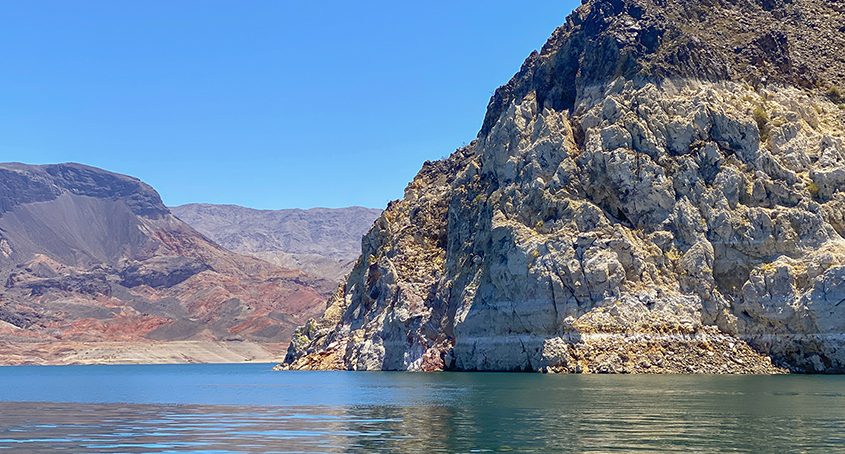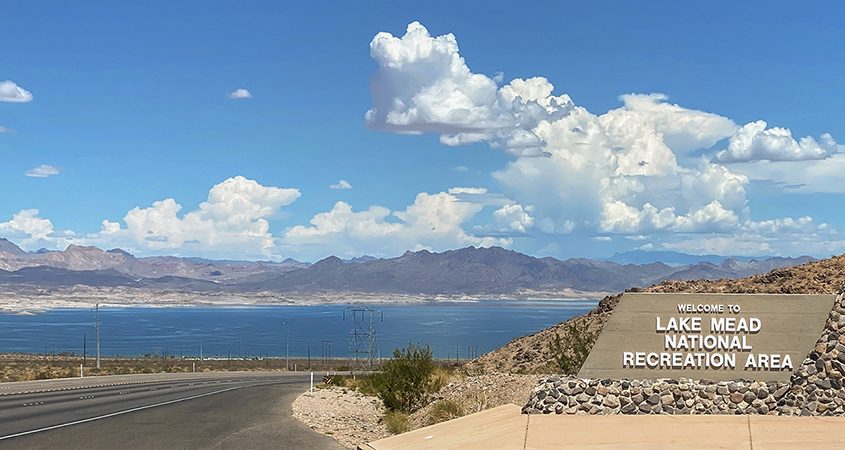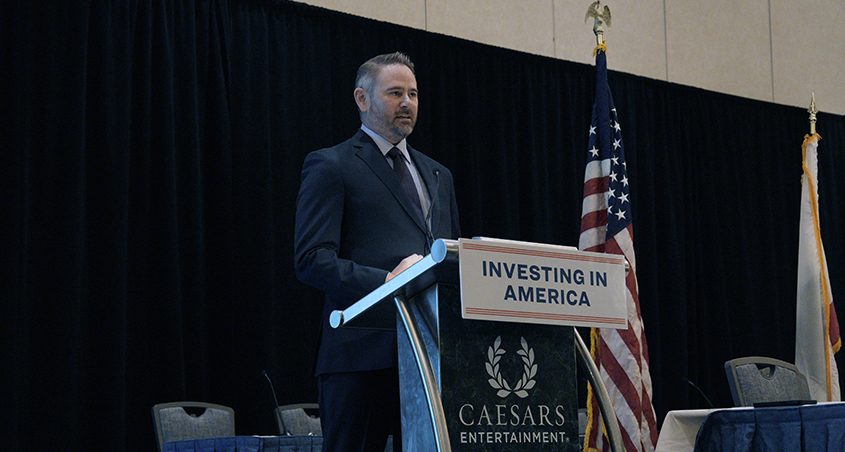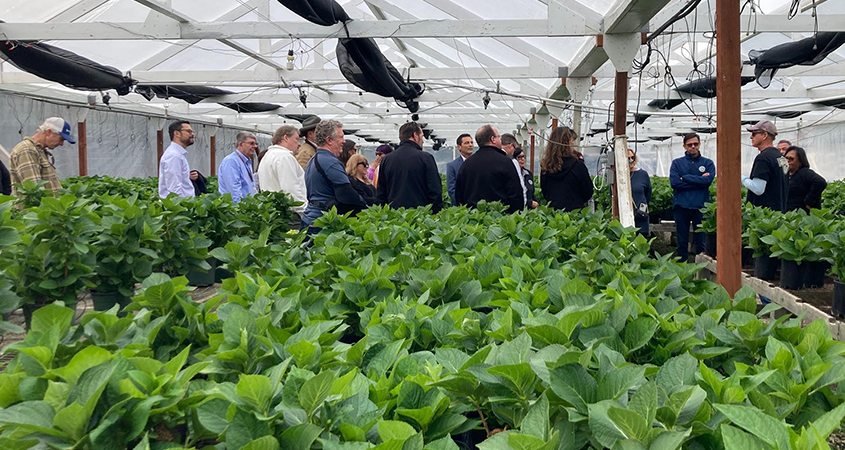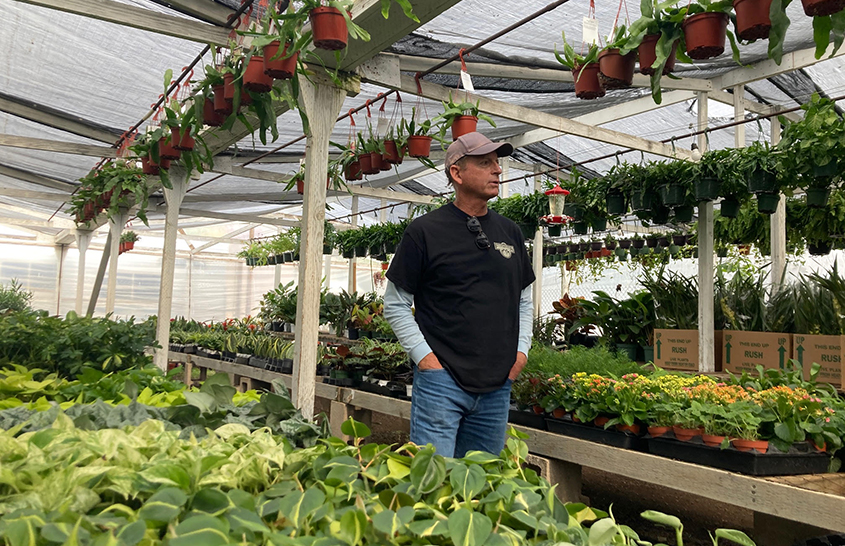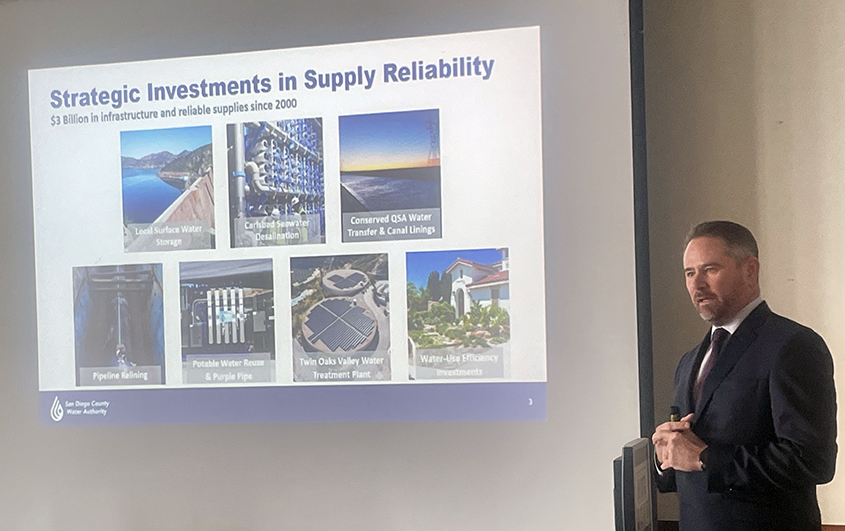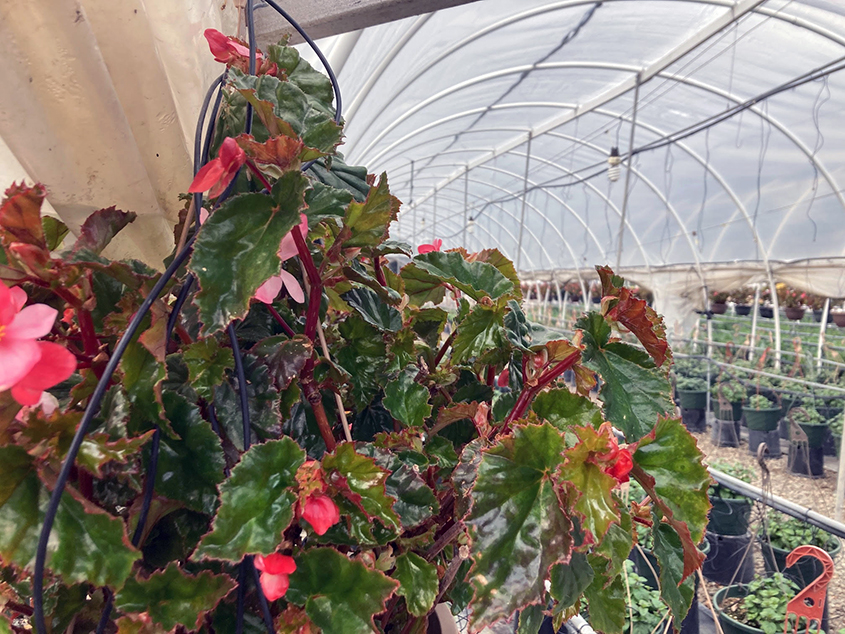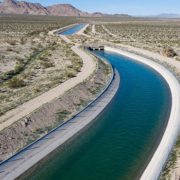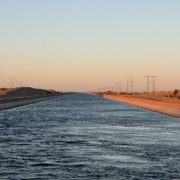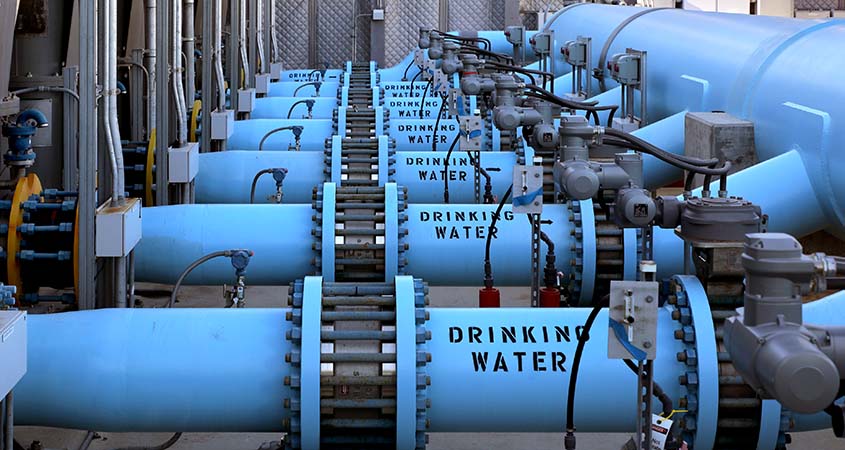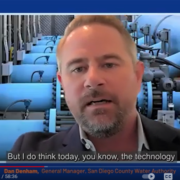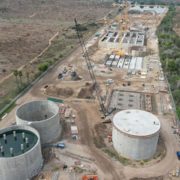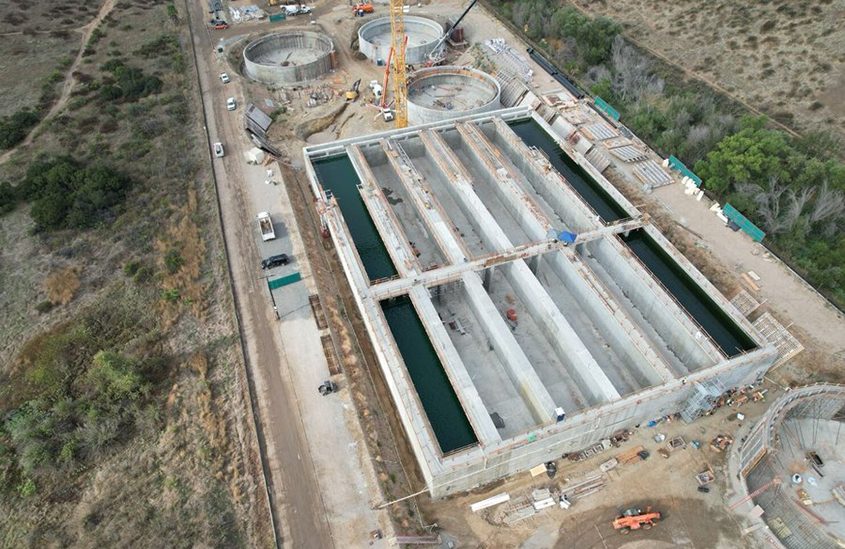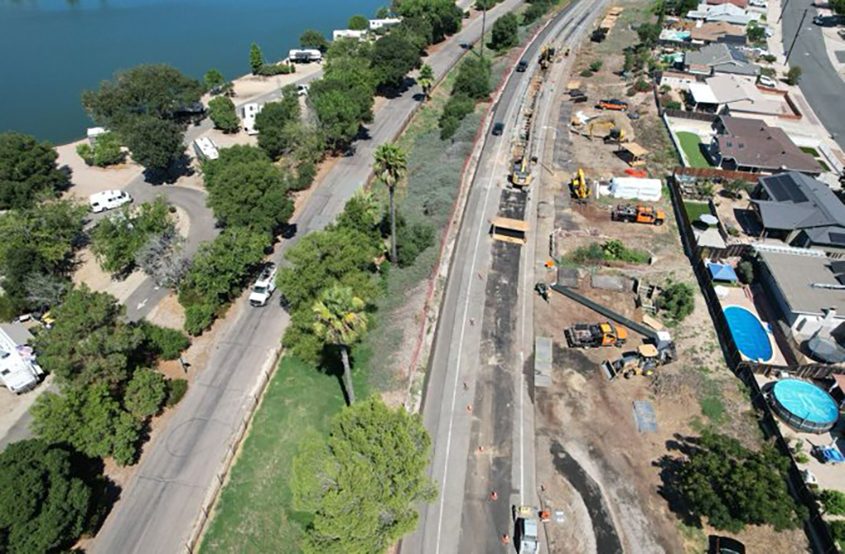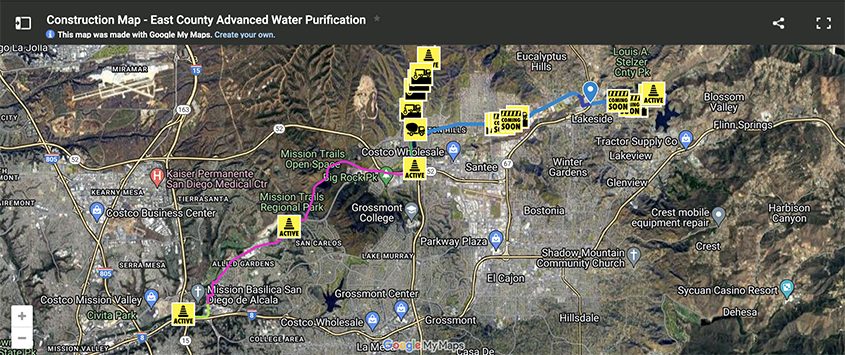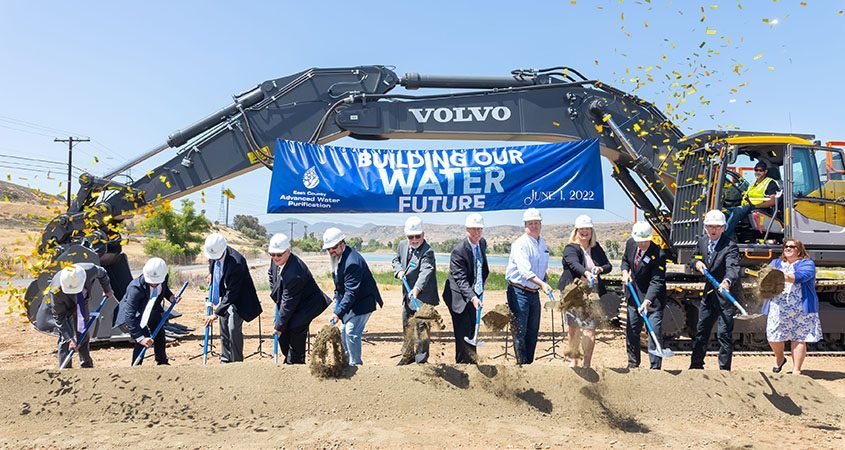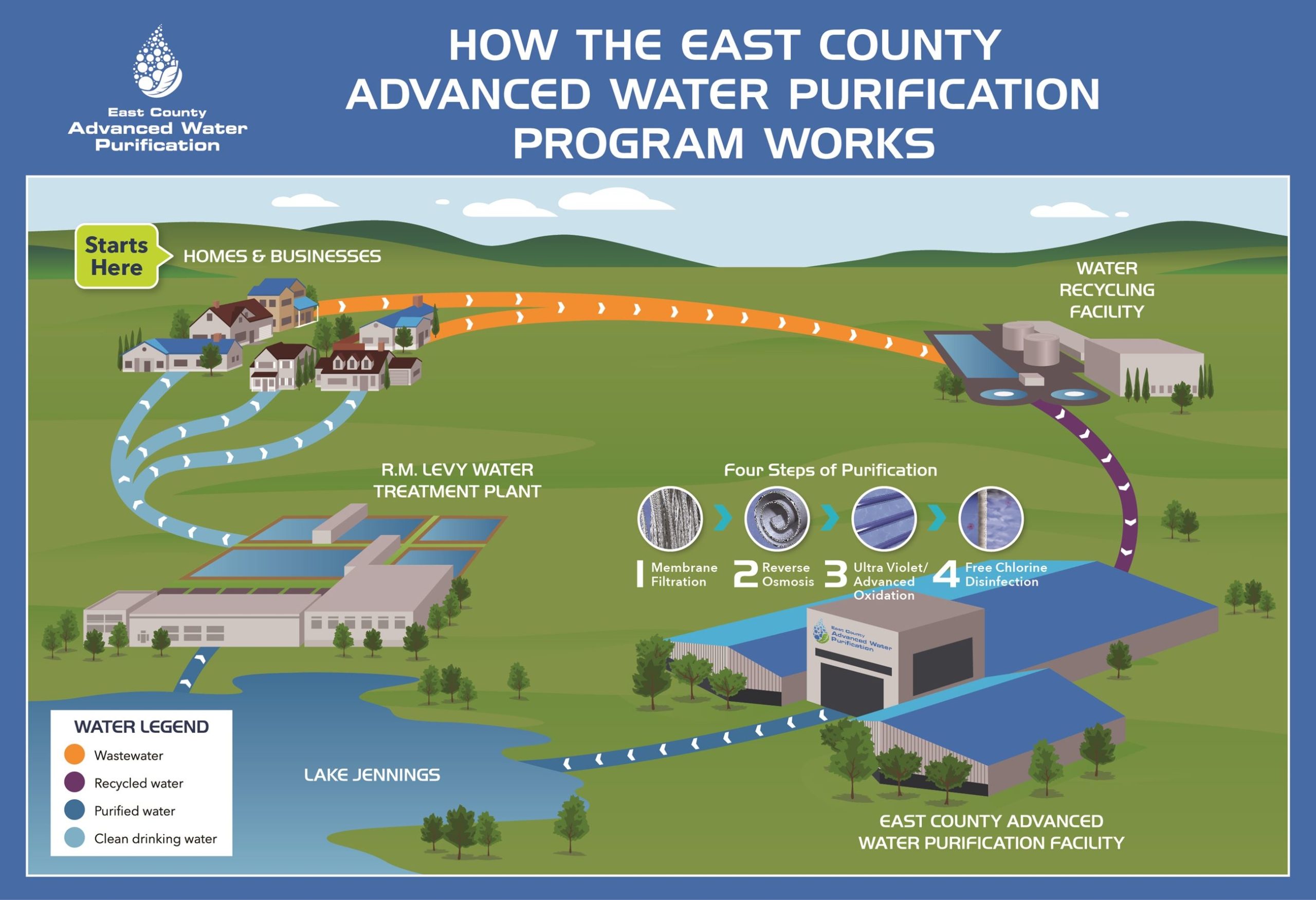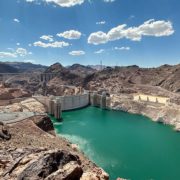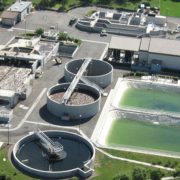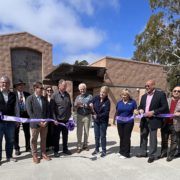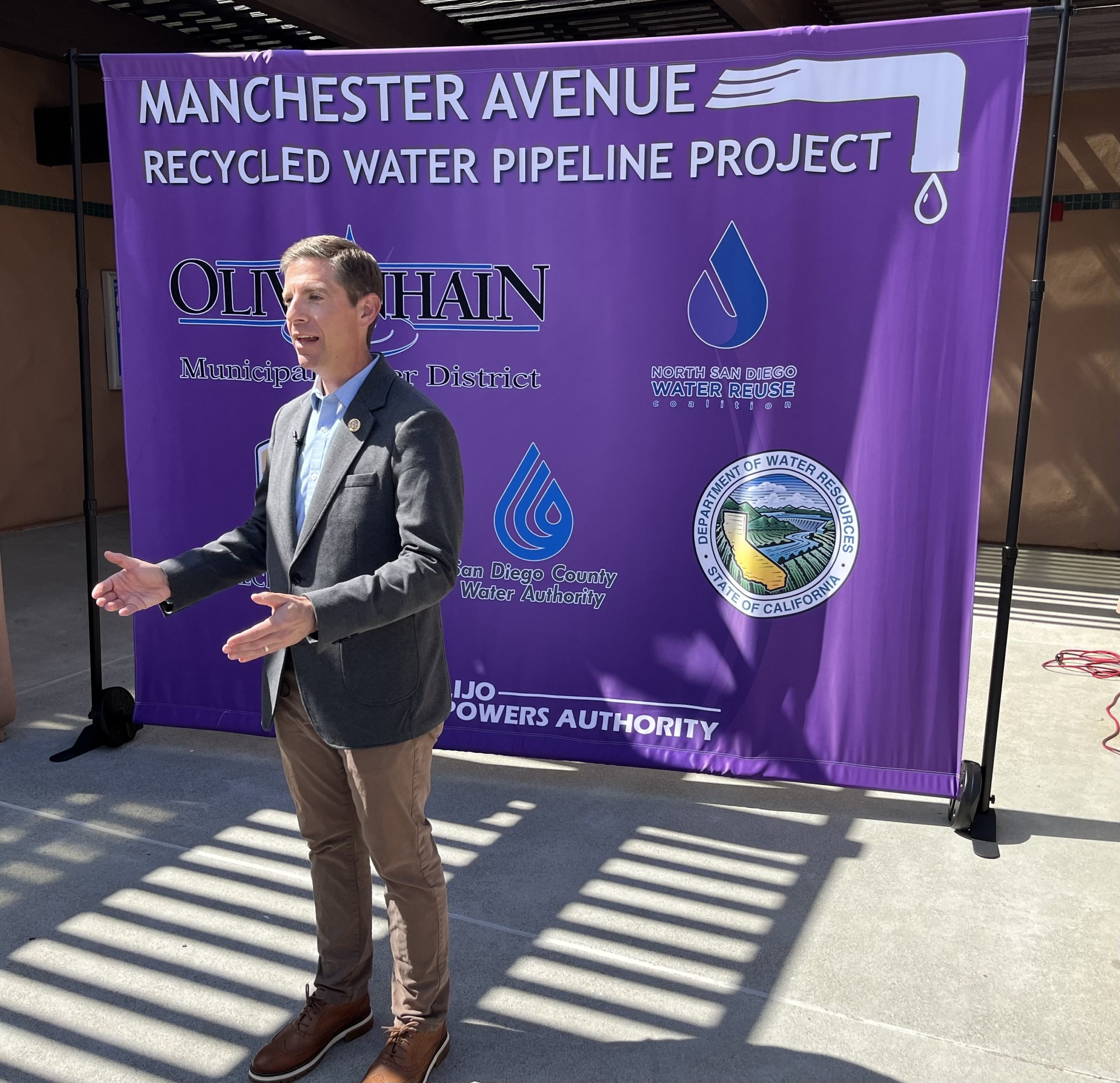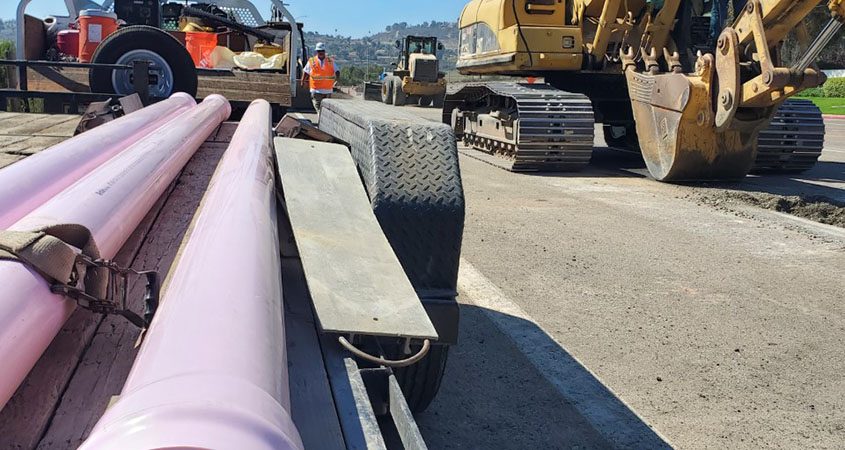Water Agencies Evolving to Address Changing Realities
California water agencies including the San Diego County Water Authority are exploring ways to better manage sporadic periods of abundant rainfall — part of a larger effort to meet the ever-changing realities they face logistically and economically.
Water Authority General Manager Dan Denham recently discussed the evolution of regional water management on the Southern California Water Dialogue. The Water Dialogues are a monthly forum exploring water-related issues of regional interest.
The backdrop for the discussion is what many call “climate whiplash” — for instance, when three years of record drought from 2020 to 2022 were followed by abnormally high rainfall in 2023. In the future, California could experience shorter but more extreme wet seasons between periods of drought.
View the webinar here.
Creative portfolio approach to water management
At the Water Authority — the agency responsible for long-term water planning in San Diego County — Denham said the lack of regular rainfall and little access to groundwater has forced the Water Authority to be more creative than most water agencies in securing a safe, reliable water supply.
“We embarked upon a 20-to-30-year process to diversify the Water Authority’s supply portfolio. Our board directed a portfolio approach to ensure that we had not only sufficient supplies but also made significant investments in infrastructure,” explained Denham.
“We’ve adopted cutting-edge conservation and techniques. We’ve sponsored legislation at the state level. And we’re at the forefront of many water use efficiency programs,” said Denham.
With those investments and actions as the foundation, the time is right to set a vision for the coming decades. “The future of water in Southern California — of course, reuse is going to be a big component of it — but I do believe a lot of it is going to be sharing resources and developing partnerships,” Denham said.
Advancing long-term water-sharing partnerships
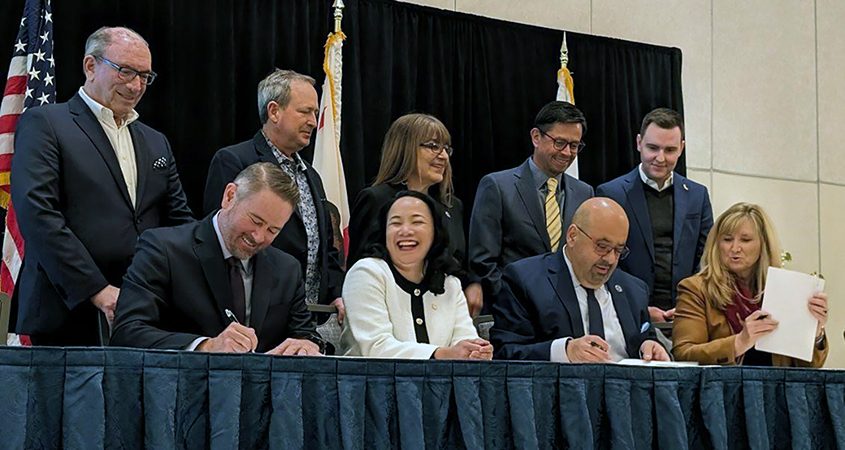
Signing the historic agreement: Top (L to R): Mel Katz, chair SDCWA Board; Jim Madaffer, Vice Chair Colorado River Board of CA and SDCWA Board member; Gloria Cordero, MWD’s representative to the Colorado River Board; Adan Ortega, chair MWD Board; J.B. Hamby, Chair Colorado River Board of CA. Bottom (L To R): Dan Denham, SDCWA General Manager; Camille Touton, Commissioner of the U.S. Bureau of Reclamation; Adel Hagekhalil, MWD General Manager; Jamie Asbury, Imperial Irrigation District General Manager. Photo: San Diego County Water Authority
Denham said investing in a long-term partnership with the Imperial Irrigation District in a water conservation agreement has proved key. “Those types of partnerships have continued and had been successful over the past 20 years,” said Denham.
“This is what our diversification looks like. This is 25 years’ worth of investment in resiliency, transitioning us from an imported water agency with one source of supply to where we’re at today with a really diverse resource mix,” said Denham.
Denham says in addition to maximizing reuse, sharing resources and developing partnerships to share those resources will become vital. The Water Authority signed a landmark agreement with the Metropolitan Water District and the Imperial Irrigation District in late 2023.
“What we were able to do was take advantage of those high runoff years in Northern California, bringing that State Water Project water down to San Diego and leaving some of our Colorado River conserved water in Lake Mead – 50,000-acre feet – which raised the reservoir by six inches. It could not have been done without the partnership that we have in relationships developed over time with the Metropolitan Water District and the Imperial Irrigation District. I look towards more of this to the future,” said Denham.
Flexibility to optimize water resources
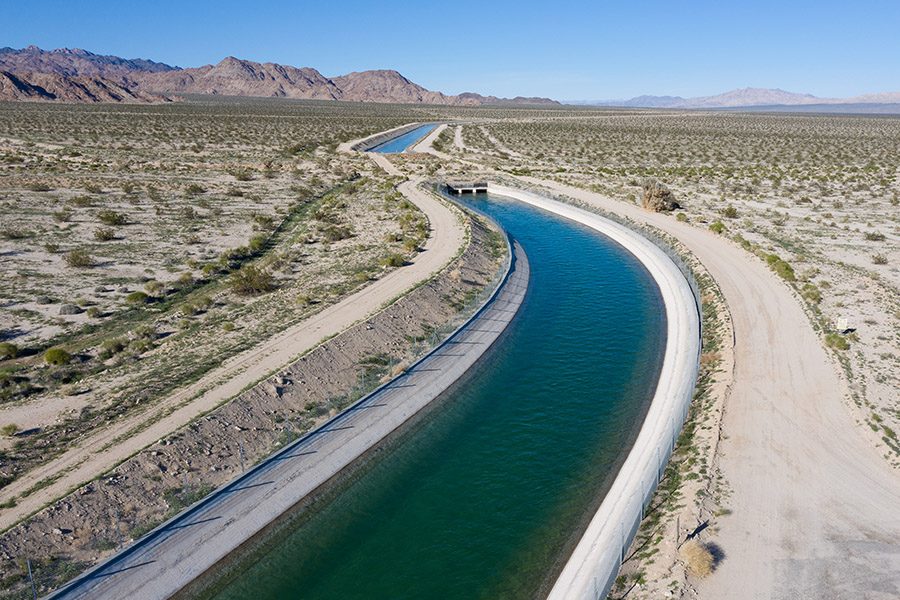
In October 2003, the San Diego County Water Authority, Coachella Valley Water District, Imperial Irrigation District, Metropolitan Water District of Southern California, State of California and U.S. Department of the Interior completed a historic set of agreements to conserve and transfer Colorado River water.
While planning for drought is necessary, it’s also necessary to devise a plan flexible enough to take advantage of high-runoff years.
“What do you do in those high runoff years, in those years of abundance? Some of that speaks to storage,” explained Denham. “The Water Authority has increased its largest surface water storage reservoir. It’s doubled in size. But the Water Authority — like others in the Metropolitan Water District service area in California, is realizing that those surface water storage reservoirs are pretty full.
“What does that speak to next? Flexibility, and the sharing of resources. If our reservoirs are full, or we don’t have the demands for the investments that we’ve made, whether it’s in the Colorado River supplies or the Carlsbad desalination plant, perhaps there’s another partner in Southern California or in the Lower Colorado River Basin that we can exchange supplies with.
“What I mean by that is we do have supplies that can be managed in a different way,” said Denham.
Established in 1998, the Water Dialogue explores the common interests among Southern California water agencies, environmental organizations, and public interest organizations, and serves as a clearinghouse and advocate for projects, activities, and processes that will improve the quality and reliability of Southern California’s water supply.
The Water Dialogue represents members including the Metropolitan Water District of Southern California, Southern California Watershed Alliance, Sierra Club, West Basin Municipal Water District, Central Basin Municipal Water District, Inland Empire Utilities Agency, Irvine Ranch Water District, Trabuco Canyon Water District, Southern California Water Coalition, Atwater Consulting Group, Jacobs and Caltech/JPL/NASA.

